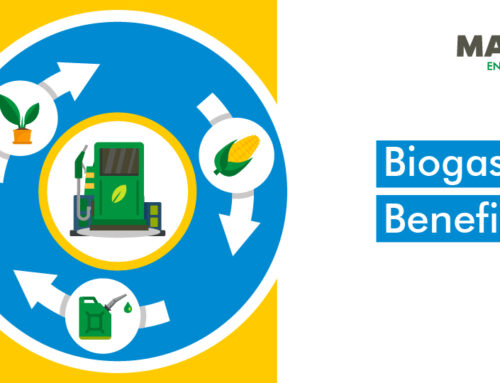All About Bioreactor Landfills & Their Advantages
We’re proud to bring the next generation of landfill technology with bioreactor landfills that offer the future of landfill management to yield significant environmental benefits. It operates to transform and degrade organic waste rapidly and works in three models — aerobic, anaerobic and hybrid (a combination of both).
What is a Bioreactor Landfill?

It is a Municipal Solid Waste Landfill (MSWL) in which the addition of liquids helps break down the waste. With the addition of liquids and air, there’s an increase in the degradation and stabilization of waste to enhance the microbial processes. Therefore, the bioreactor process differs from the conventional dry tomb landfill approach.
As the bioreactor accelerates the decomposition of waste, it is an environmentally sound system for solid waste disposal. Leachate is injected into the bioreactor, which helps in stimulating the natural biodegradation process. Other liquids like wastewater, storm water and sludges from wastewater treatment plants are also added to the landfill to control the moisture content. The bioreactor technology is dependent on maintaining optimum moisture content near the field capacity between 35 to 65% and adds liquids as and when required to maintain the percentage.
Advantages of Bioreactor Landfills

The decomposition of waste occurs much faster in a bioreactor landfill as compared to conventional landfills. It decreases the long-term environmental risks and also reduces landfill operating costs. Some other benefits of using this modern-day technology include:
- Lower leachate disposal costs
- Decomposition in years rather than decades as in the case of dry tomb landfills
- Lower waste toxicity and mobility
- Gain of 15–30% in landfill space as there’s a boost in the density of waste mass
- Increase in Landfill Gas (LFG) generation that can be used as energy on the site or sold, too
- Lower post-closure care for landfills
Mailhem’s Bioreactor Landfills

Our bioreactor landfills ensure low toxicity and mobility of waste due to the anaerobic conditions. It also increases the landfill space due to the increase in density of waste mass.
Mailhem offers anaerobic bioreactor landfills in which biodegradation occurs in the absence of oxygen and produces landfill gas. This LFG is primarily methane and is easily captured to reduce greenhouse gas emissions. We further use the gas for multiple energy projects.
We understand that bioreactor landfills are engineered systems with higher initial capital costs but the results are definitely valuable for the environment and our future. Also, they do require extra monitoring during the operating period but over the duration of post-closure, they don’t need much maintenance or monitoring compared to dry tomb landfills.
We are moving towards a greener and cleaner future at Mailhem and if you want to contribute, get in touch today!



